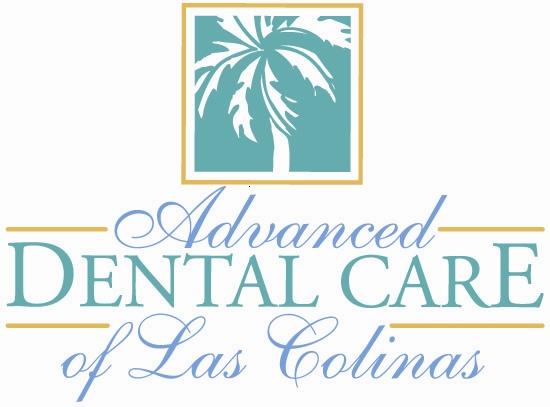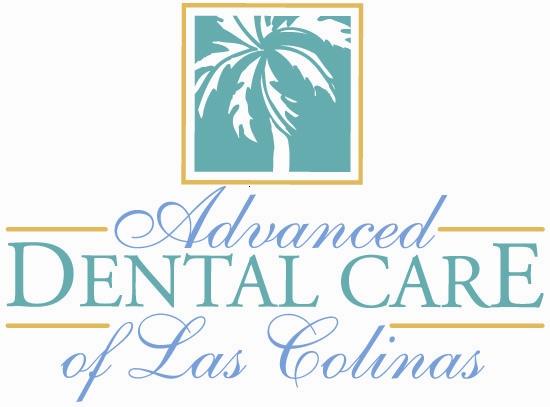
Orthodontic treatment affects not only the aesthetics of your smile but also the functionality of your bite. Two popular options today are clear aligners, such as Invisalign, and traditional metal braces. Each method has its unique benefits and considerations. In this blog, we’ll explore these two main types of orthodontic treatments to help you decide which might be the best fit for your lifestyle and dental needs.
1. Aesthetics
One of the most noticeable differences between clear aligners and traditional braces is their appearance. Aligners are virtually invisible as they are made from a transparent plastic material, making them a subtle choice for adults and teens who might feel self-conscious about wearing metal braces. On the other hand, brackets and wires are more visible, consisting of brackets and wires that are attached to the front of the teeth.
2. Comfort
When it comes to comfort, clear aligners often edge out traditional braces. The smooth plastic of aligners is custom-made to fit snugly over your teeth, reducing the risk of irritation to the inside of your mouth. Traditional braces, with their brackets and wires, can sometimes cause soreness and discomfort, especially after adjustments.
3. Convenience
Clear aligners offer a level of convenience that traditional braces cannot match. They are removable, which means you can take them out while eating, brushing, or flossing. This allows you to maintain your dental hygiene more easily and enjoy a wider variety of foods without the restrictions that come with braces. You can also pursue whitening treatments without fear of leaving darker patches where the brackets would be. However, it’s important to note that for the treatment to be effective, aligners must be worn for 20-22 hours per day.
4. Treatment Duration
The duration of treatment can vary significantly between the two options and depends heavily on the complexity of the case. In general, treatment with aligners can be shorter compared to traditional appliances. For individuals with minor to moderate alignment issues, aligners such as Invisalign offered by Dr. Jerry Dunn at Advanced Dental Care of Las Colinas can often achieve desired results more quickly than braces.
5. Maintenance
Maintaining clear aligners involves regular cleaning each time they are removed before placing them back in the mouth. This can be easily done with a cleaning kit designed specifically for aligners or by rinsing and brushing them under lukewarm water. Braces, however, require more meticulous cleaning to avoid food particles and plaque buildup around the brackets and wires, which can lead to dental issues like cavities and gum disease.
6. Effectiveness for Complex Cases
While aligners are suitable for a wide range of alignment problems, traditional braces are often recommended for more complex orthodontic cases. Braces have greater force and control over the movement of teeth, which can be necessary for correcting significant bite issues, rotations, and the vertical movement of teeth.
7. Follow-up Visits
Both treatments require regular visits to the dentist or orthodontist. With clear aligners, appointments are generally shorter and less frequent, as they primarily involve receiving the next set of aligner trays and ensuring the treatment is progressing as planned. With traditional orthodontics, visits are needed for adjustments and to check on the progress of teeth movement, which can be more time-consuming.
8. Cost
The cost of orthodontic treatment can vary based on the complexity of the case and the duration of treatment. Generally, the cost of clear aligners is comparable to that of traditional braces, but it can be higher in some cases. It’s important to discuss payment options and insurance coverage with your dental provider to understand all potential costs.
9. Final Results
Both clear aligners and traditional braces are effective in achieving a healthier, more aligned smile. The choice between them often comes down to personal preferences regarding aesthetics, comfort, and lifestyle compatibility.
Dr. Dunn Can Help You Achieve Your Straight Smile Goals
For those interested in a discreet and convenient option, aligners such as Invisalign, offered by Dr. Jerry Dunn at Advanced Dental Care of Las Colinas in Irving, provide an excellent alternative to traditional braces. It’s crucial to consult with your dentist to discuss your specific needs and expectations to determine the best orthodontic treatment for you.
In conclusion, both of these orthodontic treatment options have their strengths, making them viable choices for those looking to improve their smile. By considering factors like aesthetics, treatment duration, and lifestyle needs, you can make a well-informed decision that aligns with your personal and dental health goals.


